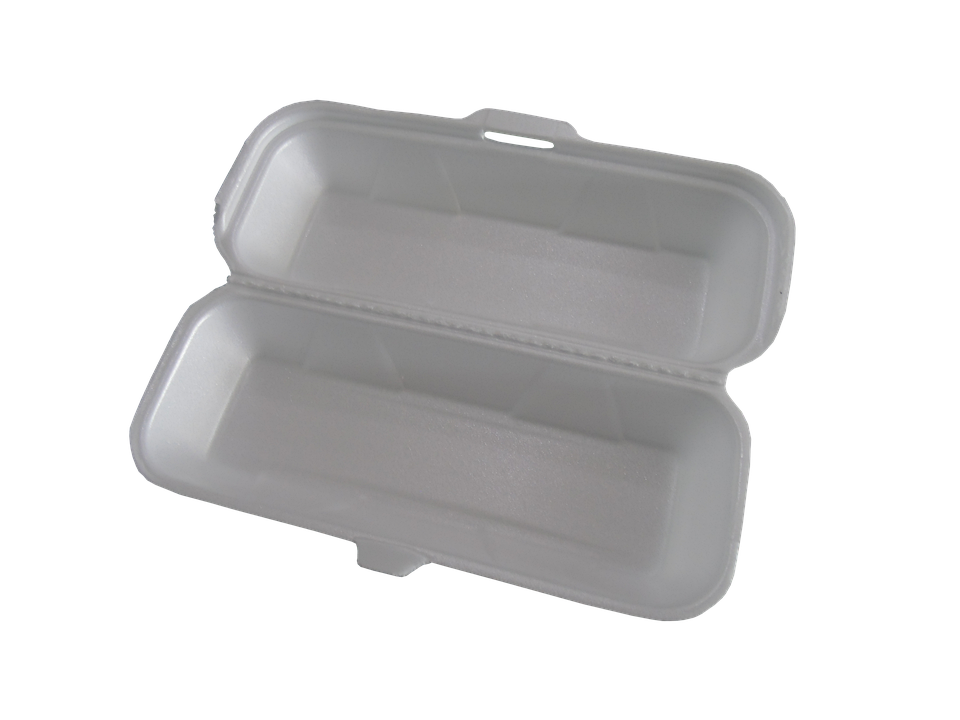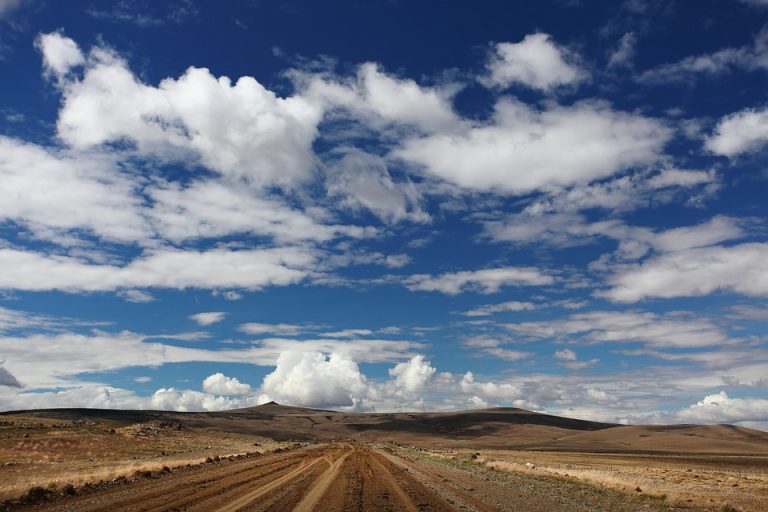Contents
- Travel packing checklist
- 7 Essential Travel Packing Checklist Tips
- 1. Pack Outfits, Not Pieces
- 2. Create An Essentials Carry-On
- 3. Treat Electronics Like People
- 4. Guard Your Health And Documents
- 5. Think Shoes, Laundry, And Fabric Choices
- 6. Security, Weighing, And Airline Rules
- 7. Final Rituals That Save Time
- Why This Checklist Works
- Expert Tips Backed By Science
- Packing Mistakes To Avoid
- Pre-Trip Final Steps
- Bottom Line
- FAQ
- References
Travel packing checklist
Travel packing checklist is the single list that saves you from airport panic, forgotten chargers, and the regret of the suitcase full of things you never wore. It’s a simple, organized plan you carry in your phone or scribble on the back of an envelope—one that protects your time, your comfort, and the joy of the trip.
A good travel packing checklist matters because it turns chaos into calm. It keeps your medications safe, helps you breeze through security, and makes sure your favorite dress survives the trip. You travel to live fully, not to worry about what you left behind.
7 Essential Travel Packing Checklist Tips
1. Pack Outfits, Not Pieces
Start with a straightforward approach: think in outfits. Lay out what you’ll wear each day and pair pieces so everything serves more than one look. That mindset trims weight, saves space, and protects your travel energy.
When you build a travel packing checklist, write outfit groupings—top, bottom, shoes, and accessories—so you’re not grabbing random items at the last minute. Mixing neutral colors means fewer shoes. Fewer shoes means fewer regrets.
Practical example: for a five-day city trip, plan three bottoms that go with four tops. That gives you flexibility and keeps your luggage light.
2. Create An Essentials Carry-On
Make a lightweight, personal-item essentials list. Include medications, travel documents, a change of clothes, phone charger, and a snack. If checked luggage goes missing, this bag keeps you alive and present.
Your travel packing checklist should have a carry-on subsection. Put small things where you can feel them: a zip pocket for pills, a clear pouch for chargers, and a dedicated sleeve for documents. This way, your essentials are always at hand.
TSA and airline rules change; keep an eye on the Transportation Security Administration guidelines and pack liquids accordingly.
3. Treat Electronics Like People
Chargeable items need care. Write down every cable, adapter, and charger so you don’t discover a useless battery at 3 a.m. Carry a small power bank and universal adapter for peace of mind.
Include an electronics checklist on your travel packing checklist with enough spare cables and a compact organizer. Label things with color tape if you share gear—less rummaging, more doing.
Experts at travel tech blogs often recommend a single multiport charger to reduce bulk. That’s smart, practical advice.
4. Guard Your Health And Documents
Medications, prescriptions, and vaccination cards belong in your carry-on and a scanned copy in the cloud. Keep originals in a secure, easily reachable pocket. If something goes wrong, quick access is everything.
Add a medical and documents section to your travel packing checklist and list doses, expiration dates, and emergency contacts. Make duplicates of IDs and email them to yourself.
Friends who travel for work always carry a tiny first-aid kit and a printed emergency plan. Plan for the small emergencies so they don’t become big ones.
5. Think Shoes, Laundry, And Fabric Choices
Shoes are space hogs. Limit yourself to two functional pairs and one that’s purely for style. Pack socks and underwear in compression cubes. Pick fabrics that dry fast and don’t wrinkle.
Add shoe strategy to your travel packing checklist so you’re not tempted to pack the “just-in-case” heels. That “just-in-case” often becomes dead weight.
Washing a few items in the sink and hanging them to dry will save you dozens of suitcase pounds. Travelers who follow lightweight fabric rules report less stress and more mobility.
6. Security, Weighing, And Airline Rules
Double-check airline weight limits and carry-on dimensions before you pack. Overweight fees are avoidable if you weigh your bag at home. Use a digital luggage scale and stick the results on your checklist.
Include a security and compliance section on your travel packing checklist. Record maximum weights, allowed liquids, and prohibited items. A little knowledge saves time and money at the gate.
Travel writers and airline pages show that pre-trip planning reduces surprises and prevents rushed, poor decisions at the airport.
7. Final Rituals That Save Time
Create a closing routine: wallet, passport, keys, medications, phone, charger. Check them twice. Put something you’ll notice—like a brightly colored scarf—on top of your packed bag so you don’t leave without it.
Your final steps should be part of the travel packing checklist with boxes to tick. Ticking boxes is literal and therapeutic. It makes leaving feel accomplished, not frantic.
People who follow a five-minute final ritual arrive calmer. You’ll get where you’re going feeling like yourself.
Why This Checklist Works
A good checklist reduces cognitive load. Studies on decision fatigue show that pre-deciding small details saves mental energy for the important moments of travel. You’ll be more present when you don’t have to worry about whether you packed your charger.
When you write down items on your travel packing checklist, you externalize the memory burden. Neuroscience research suggests this shift from mind to paper or phone decreases anxiety and increases accuracy.
Use format: categories, subcategories, and one-line reminders. It’s simple and it works.
Expert Tips Backed By Science
Experts in ergonomics and travel medicine recommend packing lighter and choosing breathable fabrics to reduce fatigue and skin issues. The CDC offers travel health guidance that’s crucial if you’re heading internationally, especially for vaccinations and medications.
Include official guidance on your travel packing checklist—like CDC vaccination notes—and link to them for quick access. That’s practical and responsible.
A travel nurse I spoke with recommends putting medications into a pill organizer labeled by day and time. It’s a small trick with big results.
Packing Mistakes To Avoid
Packing everything “just in case” is the quickest path to an overstuffed bag. Avoid duplicates and large bottles of toiletries. Bring mini versions or rely on hotels to supply what they can.
Add a “no duplicates” rule to your travel packing checklist. If you don’t need it for more than one day or one outfit, leave it behind.
Another mistake: assuming laundry will be unavailable. Plan a mid-trip laundry option instead of doubling your wardrobe.
Pre-Trip Final Steps
72 hours before departure, check weather, confirmations, and any last-minute alerts from airlines. Re-check the liquids you packed and put heavy items at the bottom of the bag to balance weight.
Put a final confirmation list in your travel packing checklist—airline check-in, pet care, mail hold, and a printed itinerary in case of phone failure. This gives you a soft landing.
A short, clear pre-trip ritual prevents rushed choices and missed items.
Bottom Line
A thoughtful, tested travel packing checklist turns packing from a chore into a quiet triumph. It protects your health, saves time, and keeps you light on your feet. Start with outfits, secure your essentials, plan for electronics and medications, and finish with a calming final ritual. That’s how travel becomes simple again.
Travel is for living. Pack to support that life.
FAQ
What Should Be On A Basic Travel Packing Checklist?
A basic list includes passport or ID, medications, phone and charger, a couple of outfit combinations, one versatile pair of shoes, and a carry-on essentials pouch. Keep a digital photo of documents in your email or cloud storage as insurance.
How Far In Advance Should I Make A Travel Packing Checklist?
Start building your checklist a week before short trips and two weeks before long trips. Early planning gives you time to buy missing items and reduces last-minute stress. It’s a small habit that yields big results.
Can A Travel Packing Checklist Reduce Anxiety?
Yes. When you externalize details and set a final routine, your brain stops rehearsing every possible problem. That measurable drop in anxiety is why therapists recommend lists for travel preparation.
Visual line and to paragohras an then add a section titled References below.
References
-
The Centers for Disease Control and Prevention provides travel health notices and vaccination guidance to help travelers prepare safely (http://www.cdc.gov/travel).
-
The Transportation Security Administration publishes current rules for carry-on liquids, prohibited items, and security procedures that can inform your packing decisions (http://www.tsa.gov).
-
The Mayo Clinic offers practical advice on travel health, packing medications, and handling chronic conditions while traveling (http://www.mayoclinic.org).
-
Harvard Health discusses decision fatigue and the benefits of reducing daily decisions, which supports using checklists like the one recommended here (http://www.health.harvard.edu).
-
The World Health Organization provides international travel recommendations and health alerts that can affect what you pack (http://www.who.int).








